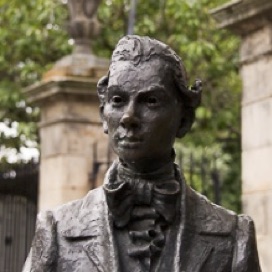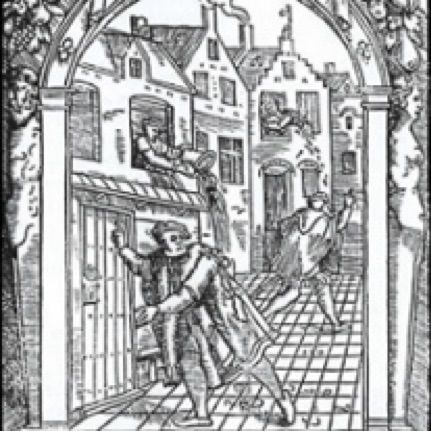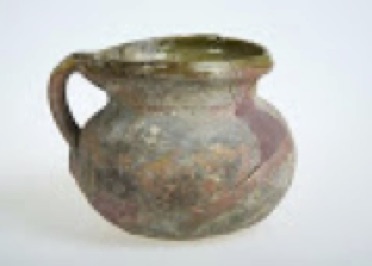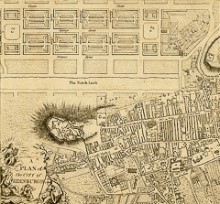Paisley Close, 97 High Street, EH1 1SG

Population growth, particularly in the area within the medieval burgh wall, required the city to expand vertically. Multiple-story buildings were common in the 16th century and by the 18th century, buildings on High Street were often six to ten stories tall and could reach up to 14 stories towards the back where the land sloped down. On 24th November 1861, a 7-story building at Paisley Close collapsed, killing 35. Local newspapers of the day reported the successful rescue of a little boy, Joseph McIvor, who was heard crying ‘Heave awa’ lads, I’m no’ deid yet!’ from under the debris. The public scandal that followed highlighted the need for structural safety of tenement buildings in Old Town and helped gain support for the 1867 Improvement Act. You can still find the boy at the entrance of the close.

(Scottish National Portrait Gallery)

Find out more










